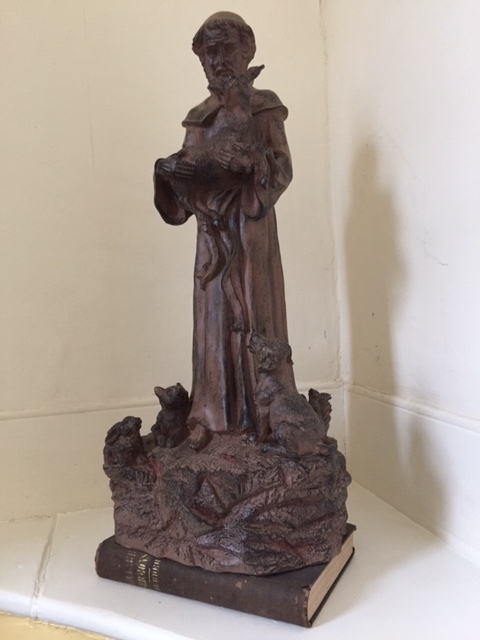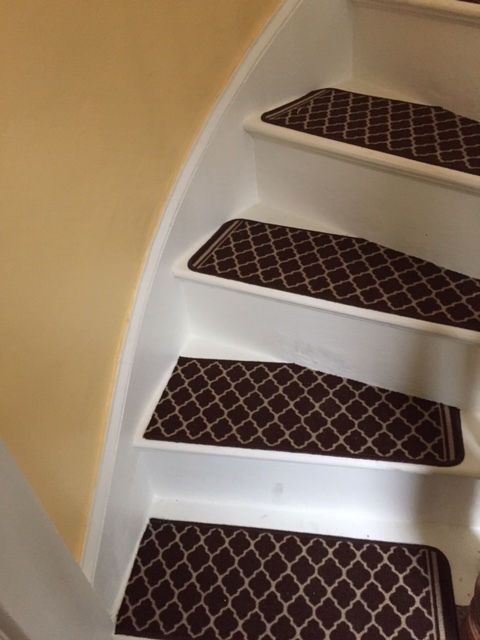An analogy that has been helpful in explaining or understanding the intent of ‘Black Lives Matter’ is that of a fire. When the fire department directs their hoses at a house on fire, no one from two streets over protests and says, “Stop focusing on that house--All Houses Matter!” We understand the need to pay attention to the one house which is actually on fire and in danger. Likewise, the phrase Black Lives Matter is meant to draw our attention to the issues in society which are putting Black lives in particular and distinctive danger.
For a thoughtful examination of these concerns, we have permission from Dan Schatz, Minister with the Unitarian Congregation of West Chester, PA, to share his response when asked to change a sign in front of the church reading ‘Black Lives Matter’ to ‘All Lives Matter.':’
“As a Unitarian Universalist minister, it is sometimes my role to answer correspondence that comes to our congregation from members of the community. Last night, I received this brief note in my inbox:
‘Good Evening: I am very upset at the signage that is outside of your church stating that ‘Black Lives Matter.’ Since when has God chosen to see us by the color of our skin. The sign should be taken down and replaced with ALL LIVES MATTER. How will this nation of ours ever join together if we are constantly looking at everyone by their race. Unless you were actually there in Ferguson or in New York or Cleveland, you do not have all the facts.’
It’s a sentiment I’d heard before, and I gave a great deal of thought before sending the following response:
‘Dear [name], Thank you for writing with your concern. Of course all lives matter. Central to Unitarian Universalism is the affirmation of the inherent worth and dignity of every person. Sadly, our society has a long history of treating some people as less valuable than others. Study after study has confirmed that in equivalent situations, African Americans and Latinos are treated with deadly force far more often than White people, and authorities held less accountable. Unfortunately, racial bias continues to exist even when it is no longer conscious—this too is confirmed by multiple studies. A lack of accountability in the use of force combined with unconscious bias is too often a deadly combination – and one that could place police officers, as well as the public, in great danger.
To say that Black lives matter is not to say that other lives do not; indeed, it is quite the reverse—it is to recognize that all lives do matter, and to acknowledge that African Americans are often targeted unfairly (witness the number of African Americans accosted daily for no reason other than walking through a White neighborhood—including some, like young Trayvon Martin, who lost their lives) and that our society is not yet so advanced as to have become truly color blind. This means that many people of goodwill face the hard task of recognizing that these societal ills continue to exist, and that White privilege continues to exist, even though we wish it didn’t and would not have asked for it. I certainly agree that no loving God would judge anyone by skin color.
As a White man, I have never been followed by security in a department store, or been stopped by police for driving through a neighborhood in which I didn’t live. My African American friends have, almost to a person, had these experiences. Some have been through incidents that were far worse. I owe it to the ideal that we share, the ideal that all lives matter, to take their experiences seriously and listen to what they are saying. To deny the truth of these experiences because they make me uncomfortable would be to place my comfort above the safety of others, and I cannot do that.
I very much appreciate you writing to me, and am glad that we share the goal of coming to a day when people will not be judged, consciously or unconsciously, on the basis of their race. I believe that day is possible, too, but that it will take a great deal of work to get there. That work begins by listening to one another, and listening especially to the voices of those who have the least power in society. If nothing else is clear from the past few weeks, it is painfully evident that a great many people do not believe that they are treated fairly. Healing begins by listening to those voices and stories. “
Look with pity, O heavenly Father, upon the people in this land who live with injustice, terror, disease, and death as their constant companions. Have mercy upon us. Help us to eliminate our cruelty to these our neighbors. Strengthen those who spend their lives establishing equal protection of the law and equal opportunities for all. And grant that every one of us may enjoy a fair portion of the riches of this land; through Jesus Christ our Lord. Amen. Prayer for the Oppressed, Book of Common Prayer, page 826












